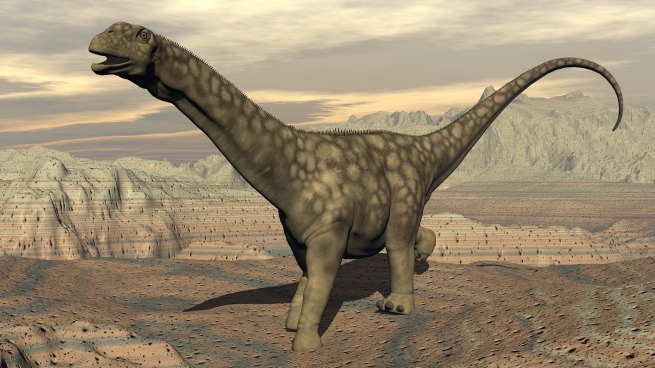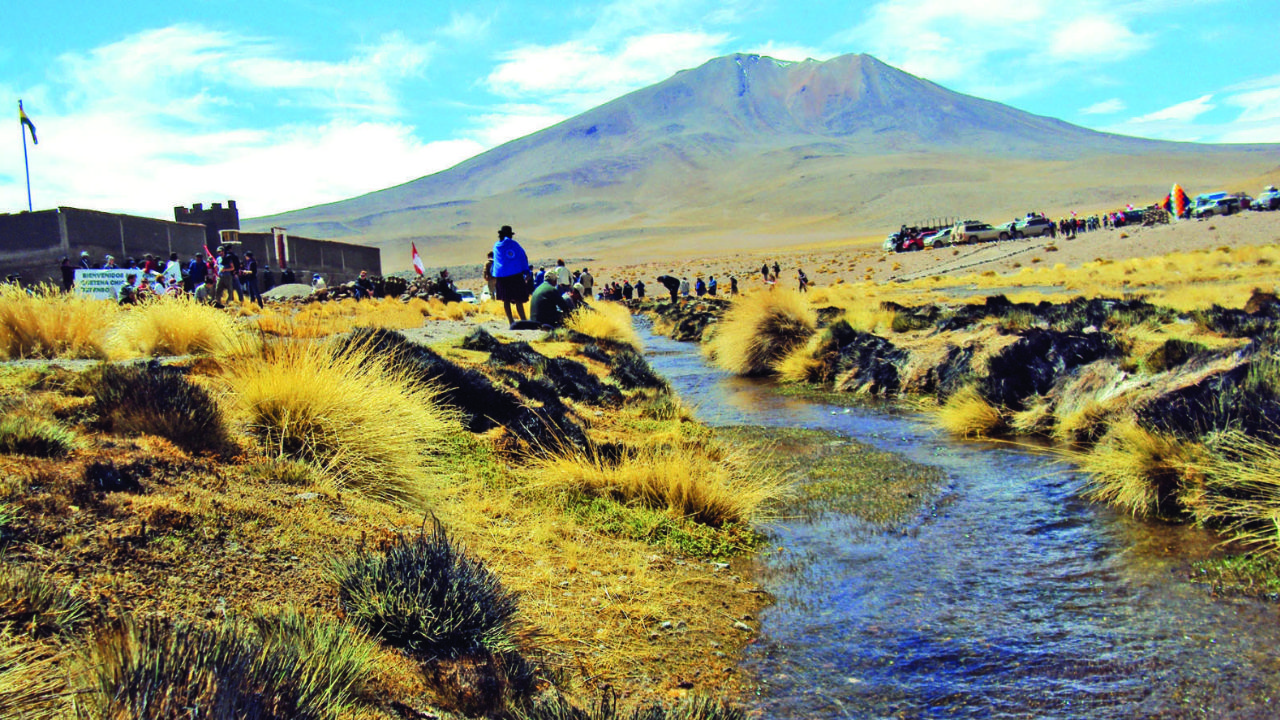Researchers of the National Council for Scientific and Technical Research (Conicet) discovered in Brazil the first site of titanosaur nesting along with eggs 12 centimeters in diameter, and estimated that the fossil remains are “around 80 million years” old, the agency reported Wednesday.
Together with Brazilian paleontologists and geologists, the scientists found the first nesting record of titanosaurs, a group that includes “the largest species of dinosaurs,” in the Brazilian state of tocantis.
The research, which was published in the journal Scientific Reports of the Nature Group, was led by Lucas Fiorelli, Martin Hechenleitner and Agustin MartinelliConicet researchers at the Regional Research Center and the “Bernardino Rivadavia” Argentine Museum of Natural Sciences.
What were the titanosaurs like?
“Titanosaurs were herbivorous dinosaurs that were very diverse and widely distributed in all continents during the Cretaceous (a period that began about 145 million years ago and ended about 66 million years ago), but with greater diversity in South America, mainly Argentina and Brazil. Fiorelli explained.
For the researchers, the success of the titanosaurs was probably due to several physiological and ecological factors, in addition to a series of morphological traits that they achieved during their evolutionary history.
However, Fiorelli noted that nesting behavior in past environments “was key” to their discovery.
?? CONICET researchers, in collaboration with international scientists, find the first dinosaur nests for Brazil of #titanosaursthe group that includes the largest species of dinosaurs.https://t.co/AqzDgP8jLA pic.twitter.com/fgwt6ve8KB
— CONICET Dialogue (@CONICETDialoga) April 7, 2022
Although nesting sites were found throughout the world – with notable records in Spain, France, Romania, and India – on this occasion, the discovery of several nests in the Cretaceous of Uberaba, the most boreal site in South America, ” provides clear evidence of the first colonial nesting area for titanosaur dinosaurs in Brazil,” said Martinelli.
Meanwhile, the scientists assured that this species reached up to 25 meters in length, in contrast to the size of its eggs, approximately 12 centimeters in diameter.
“There is actually a physical and physiological limitation to the size of the eggs,” Fiorelli said of the striking size.
In addition, he pointed out that this species would have nested “in a herd and in a huge area”, building “massive nests with dozens of eggs”, and possibly they would have had philopatric behavior: “Something similar to sea turtles that return periodically to nest the same sites”.
The researchers also noted that Ponte Alta titanosaurs adopted a burial nesting strategy and eggs were incubated in specific semi-arid conditions under ambient heat, forms “commonly chosen” by the species to nest.
“Its evolutionary success was due, among other things, to its great almost general adaptability to nest colonially in various environments,” said Thiago Marinho, paleontologist and member of the research team.








